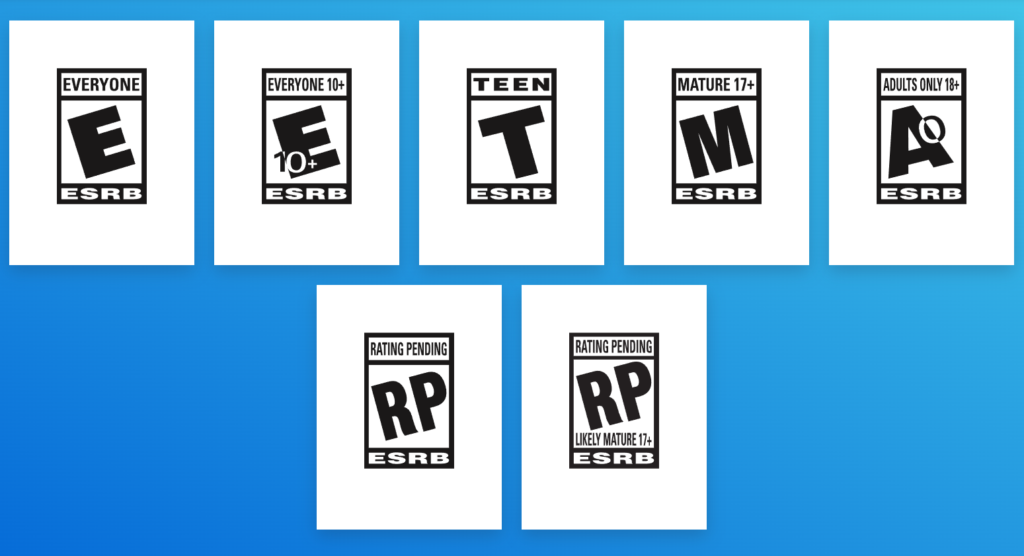Whenever people talk about video games, immersion is always one of the primary concerns. Aside from cutting-edge visuals, engaging gameplay, and relatable narrative, there is one thing that makes players fully immersed — game localization.
In the game development cycle, game localization is often treated as an afterthought, rather than an integral part of the creation process. That is why many people are actually unaware of what it is, without knowing that it is the reason for some particular nuances. For instance, you might have noticed something interesting about video game release dates. In particular, you might be wondering why a US-based game studio typically releases a game in the United States several weeks before it launches in other parts of the world. Yes, the reason behind it is gaming localization.
To further learn what it is, this article will guide you in understanding the concept of game localisation and everything you need to know.
Culture, Censorship, and Player Expectations

Before answering the question, “What is localization in games?” it is vital to shed light as to why it exists or present the context.
Let us start with violence in games. In the United States, it is common to have an option to reduce or eliminate gore and blood shown in the game. Some titles allow players to change the color of blood or remove it entirely.
As a safety measure, countries including the United States, Canada, and Mexico have a self-regulatory organization that gives age and content ratings to video games, known as the Entertainment Software Rating Board (ESRB).
However, other countries may have stricter rules. Specifically, Australia, New Zealand, and South Korea are known for monitoring violence in games closely. Since this can potentially inhibit releases, game developers need to know what content is acceptable for which locations.
Then, instead of providing options to reduce gore, they could lock it out entirely for their Australian and New Zealand versions of the game.
Understanding Game Localization

Now that you have the context, let us proceed to the specifics.
What is Game Localization?
Game localization refers to the process of preparing games for release in different areas of the world. Since every place has distinct languages, unique cultures, and different content and censorship laws, gaming localization helps adapt a game for a particular region or country. Additionally, it allows developers to tailor the game experience for the audience in each market.
Moreover, the process involves translating text and removing or modifying elements, such as visuals, dialogue, and content that others might find unacceptable. The bottom line is that understanding localization in games is essential to make sure that every gamer enjoys the intended experience without feeling violated, disrespected, or even unrecognized.
What is the Difference Between Video Game Translation and Video Game Localization?
Video game translation focuses solely on allowing different players understand the dialogue, subtitles, or captions. In contrast, localization in gaming goes beyond the language and touches on multiple facets of the game.
Key Aspect of Game Localization
- Language Translation
- Voiceover Adaptation
- Cultural Adjustments
- Gameplay Modifications
Key People Involved in Game Localization
- Editor
- Game developer
- Game Producer
- LQA specialist
- Marketing manager
- Product manager
- Sound professional
- Translator
- UX expert
The Value of Game Localization
There is more to video game localization than avoiding offense. It is about enhancing engagement. To tap into the international market, you have to tailor your game experience to fit the wants and needs of gamers on a global level.
Picture yourself playing your favorite video game on a current-generation console. We will use Fallout 4 as our example. As you play through in the United States, the English matches up perfectly with the characters and their interactions. The quests from your Pipboy all make sense to you, grammatically and otherwise. All communicated text comes through as intended, and you are never confused about what it is you are supposed to do next. It is a perfect world.
Now, imagine instead that you live in Brazil and speak Brazilian Portuguese. You get a United States copy of Fallout 4. You are going to be significantly less engaged. You won’t understand any of the nuances that make the game such a wonder to play. While you will be able to get through quests with the help of the Pipboy quest markers, you are less likely to feel satisfaction at completing them.
That is why gaming localization is significant. It lets people in all different parts of the world experience the game as it is meant to be played, in a way they can understand and appreciate. Without it, international players might not fully enjoy the game, or worse, be offended by it.
At the same time, doing so often leads to higher global sales since your game will cater to more audiences, reaching a bigger market. Better player experience also results in higher scores on reviews, player numbers, and community engagement.
How Game Localization Impacts Developers
If developers want to release games internationally, they have to be aware of the censorship and nuanced content rules of the global markets they target. However, this affects the workflow. Typically, there are two ways to go about an international release.
- Simultaneous Shipping Method
It is an option frequently pursued by AAA games. It involves a lot of planning ahead of time, as the localization process needs to begin in the last four months of the game’s development. It means the localization is happening at the same time as the home-stretch production of the primary market version.
- Post-Gold Localization Method
This means the game has already been released in its primary market, and the game is retroactively adjusted for shipments to new international markets.
In many cases, studios will hire localization project managers to keep all elements organized and ensure deadlines are met.
Games with Great Localizations
- Dragon Quest XI
- Crash Bandicoot
- Chrono Trigger
- Final Fantasy XII
- PUBG: Battlegrounds
- Super Mario Kart
- The Witcher 3: Wild Hunt
Quick Tips for Localization in Games

- Start early
- Use specialized tools
- Invest in a capable localization manager
- Test localized versions
- Maintain consistency across updates
Frequently Asked Questions
Q: What is game localization?
A: It pertains to the adaptation of graphics, dialogue, voiceover, and other elements to fit specific cultural and regional preferences.
Q: Why does game localisation matter?
A: Generally, the process helps boost engagement, sales, and player satisfaction on a global scale.
Q: Are there tools for developers to simplify localization?
A: Yes! For instance, you can use the Unity game localization platform to streamline the process.
Wrapping Up
The effort behind a global game release may have never crossed your mind, but it is an actual thing, and it is not an easy task. As mentioned, the process is not only about translating text; you also have to adjust the content depending on where you want to release it.
In addition, it is more significant now as modern gamers are more sensitive, aware, and somewhat demanding. Applying localization in games will show them that studios or creators actually care and value their consumers.
Localizing a game correctly takes some extra work. However, if you have a great product that international audiences will enjoy and somehow brings the global gaming community closer together, game localization could really be a rewarding endeavor.
